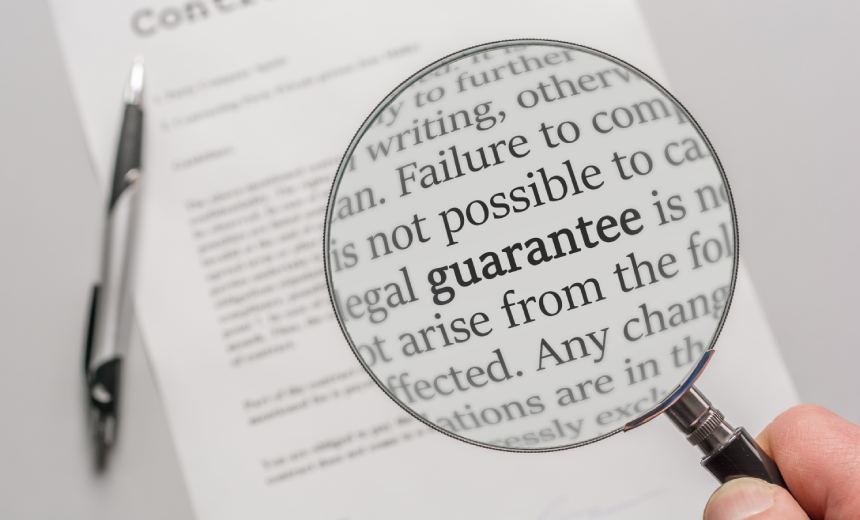3rd Party Risk Management
,
Governance & Risk Management
,
Leadership & Executive Communication
Risk and Compliance Review Professionals Can Save Millions and Help Avoid Breaches

Evaluating software products for use in your enterprise can have career-making or career-ending consequences. And more often than not, it comes down to reading the fine print.
See Also: When Identity Protection Fails: Rethinking Resilience for a Modern Threat Landscape
In my last blog, we looked at how structured tool evaluation helps professionals see past the shine of new tools. The all-important Step 4 – “Perform risk and compliance reviews” – is where many evaluations lose momentum. Once a product performs well in testing, it is easy to assume the hardest work is done. In practice, this is when the most consequential decisions are made.
Performing a risk and compliance review requires more than just checking off boxes. It involves understanding what the fine print reveals about how a vendor protects your organization’s data, manages incidents and upholds contractual obligations. The professionals who follow this step thoroughly are often the ones who become trusted voices in procurement and security governance.
What a Strong Risk and Compliance Review Looks Like
A risk and compliance review bridges technical performance with organizational accountability. It ensures the product that impressed users and the tech team during the proof of concept phase also meets the standards that protect data and operations over time.
A complete review includes several actions:
- Verify security assurances: Examine SOC 2 Type 2 or ISO 27001 certifications. Confirm that audits are recent and cover relevant service scopes;
- Check contractual obligations: Review clauses related to breach notification, subcontractors, data locations and termination rights. Confirm who owns data at the end of the contract and how it will be deleted or transferred;
- Assess incident readiness: Determine whether the vendor has tested response procedures and whether your team would be notified promptly after an incident;
- Engage cross-functional input: Legal, compliance and IT teams see risk from different perspectives. Step 4 succeeds only when their insights are incorporated before approval.
The review should also clarify who owns the risk if something fails. Vendors often operate under shared-responsibility models, but shared does not mean equal. Each party must understand which controls it manages, which are jointly maintained and which are entirely within the organization’s scope. Without that clarity, incident response and accountability become uncertain when problems arise.
This review is not about distrust; it defines responsibility and accountability before the tool becomes part of normal business operations.
When the Fine Print Becomes Front Page News
Several recent incidents illustrate why a careful Step 4 review is not an administrative formality but an operational protection. Each of the examples outlined highlights a gap that a strong risk and compliance review could have anticipated.
In August, TransUnion reported that attackers accessed customer data through a third-party application rather than through its own network. The event shows how unclear data-handling agreements can leave both parties uncertain about exposure. A robust review could have verified where customer data resides, how it moves and who is accountable for safeguarding it.
The Salesloft Drift breach demonstrated another example of oversight. Attackers abused OAuth tokens between the two integrated platforms to gain unauthorized access. This example displays the importance of extending Step 4 beyond single vendors to the broader ecosystem of integrations and delegated trust.
Marks & Spencer faced disruption after credentials were compromised at its IT services provider, giving attackers a path into corporate systems. The incident reinforces why vendor personnel access and authentication controls must be verified, not assumed, during the review process.
The fine print matters most when something fails. Step 4 exists to prevent confusion over responsibility and to ensure that vendors’ assurances are more than words in a contract.
Step 4 Never Really Ends
Completing Step 4 once is not enough. Vendor risk management should continue throughout the entire relationship. Expired certifications, shifting data locations and vendors may introduce new subcontractors without notice.
Effective professionals treat Step 4 as a cycle:
- Reassess vendors regularly, particularly before renewals or significant updates;
- Track vendor notifications for policy or ownership changes;
- Review security reports annually and document findings for leadership;
- Engage with procurement and compliance to ensure contractual terms still align with current operations.
When incidents occur, professionals who have documented these details are the ones able to brief leadership clearly and recommend action with confidence. Their work enables faster, evidence-based responses rather than uncertainty or blame-shifting.
From Evaluation to Oversight
A disciplined approach to Step 4 transforms tool evaluation into a foundation for continuous oversight. It connects the technical assessment of a product to the business reality of maintaining trust over time.
For cybersecurity professionals, this transition from evaluation to oversight represents a natural step in career development. It demonstrates the ability to understand how security, compliance and contracts intersect. It also signals readiness for leadership roles that require both technical literacy and governance judgment.
Every vendor relationship is a shared risk arrangement. The fine print defines how that risk is distributed, how communication will occur in a crisis and how accountability is measured. Reading and questioning those terms is not administrative work. It is a form of professional diligence that protects both the organization and the individuals responsible for its security.
Professionals who approach Step 4 as the beginning of a continuous process, rather than a final checkbox, are the ones who turn vendor risk into informed insight and lasting credibility.
